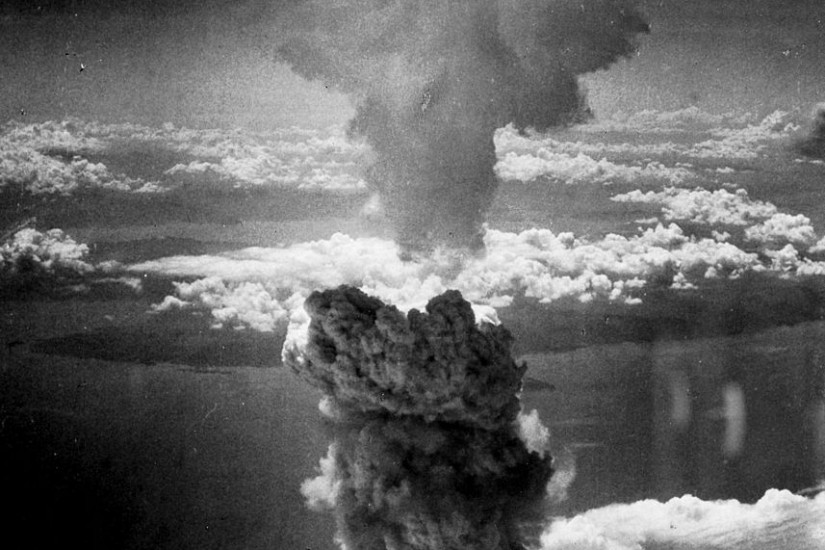Today is the 68th anniversary of the atomic bombing of Nagasaki. Everyone knows that Nagasaki came three days after Hiroshima — but Nagasaki doesn’t get talked about nearly as much. The reason Nagasaki gets “overlooked” is pretty obvious: being the second atomic bombing attack is a lot less momentous than the first, even if the total number of such attacks has so far been two.
We all know, or think we know, why Hiroshima was bombed. This is because the bombing of Hiroshima is synonymous with the use of the atomic bomb in general. But why was Nagasaki bombed?
I don’t mean, why the city of Nagasaki as opposed to another city. That is well-known. Nagasaki only made it on the list after Kyoto was removed for being too much of an important cultural center. The initial target on August 9 was Kokura, but there was too much cloud cover for visual targeting, so the Bockscar moved on to the backup target, nearby Nagasaki, instead. Bad luck for Nagasaki, twice compounded.
What I mean is: Why was a second atomic bomb used at all, and so soon after the first one? Why wasn’t there more of a wait, to see what the Japanese response was? Was less than three days enough time for the Japanese to assess what had happened to Hiroshima and to have the meetings necessary to decide whether they were going to change their position on unconditional surrender? What was the intent?
There are, unsurprisingly, a number of theories about this amongst historians. There are some that think Nagasaki was justified and necessary. There are also many who agree with the historian Barton Bernstein, who argued that: “Whatever one thinks about the necessity of the first A-bomb, the second — dropped on Nagasaki on August 9 — was almost certainly unnecessary.”1 And there are those, like Tsuyoshi Hasegawa, who don’t think either of the atomic bombings had much effect on the final Japanese decision to unconditionally surrender when they did. (I will be writing a much longer post on the Hasegawa thesis in the near future — it deserves its own, separate assessment.)
The first is the standard, “official” version — the second bomb was necessary to prove that the United States could manufacture atomic weapons in quantity. That is, the first atomic bomb proved it could be done, the second proved it wasn’t just a one-time thing. One wonders, of course, why anyone would think the Japanese would think the atomic bomb was a one-off thing, or that the Americans wouldn’t have the resolve to use it again. They had, after all, shown no flinching from mass destruction so far — they had firebombed 67 Japanese cities already — and while making an atomic bomb was indeed a big effort, the notion that they would be able to make one and no more seems somewhat far-fetched. The idea that the US would have a slow production line isn’t far-fetched, of course.

